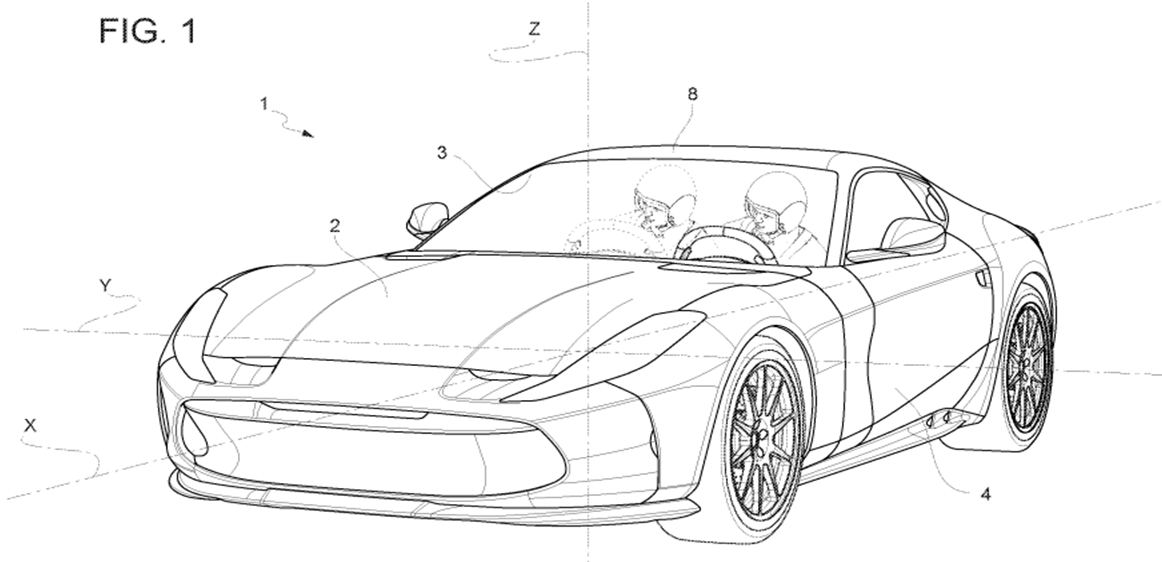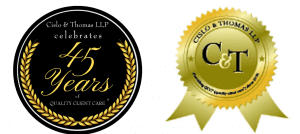Filing Multiple Works with the U.S. Copyright Office
Takeaway: Though sometimes used interchangeably, the copyright registration terms “group” and “collective” have different meanings, benefits, and statutory awards.
When filing a U.S. copyright application, the filing terms “group” and “collective” are often misused as people use the terms interchangeably. These two terms happen to be two different types of applications/registrations
An application for a “Group” registration is used to apply for registration of multiple unpublished works or a group of published works under one application and more importantly one filing fee. There are definite rules provided by the Copyright Office, but if all of the requirements are met, it can be cost-effective and efficient. Among the requisites, works included in a group registration must be created by the same author/authors and must be part of a single collection or series.
An application for a “Compilation or Collective” work is available for individual works that are created by multiple authors and assembled into one collective whole, such as an anthology, encyclopedia, or magazine. To be registered as a collective work, the contributions to the work must be separate and distinct works, and the copyrights in each contribution must be owned by the individual authors or their employer. This type of registration allows for one registration of the collective work as a whole, even though it consists of individual works with separate copyrights.
In summary, while “group” registration is a general term that can include both published and unpublished works, “collective work” registration specifically applies to a collection of separately copyrightable works assembled into a collective whole.
In terms of statutory damages and awards, it is important to note that there are big differences in the two types of registrations. Typically, the Copyright Act allows only one statutory damage award for each infringed work, raising questions when multiple works are registered together. For instance, In a group registration of photographs, each photograph is treated as a separate “work” eligible for statutory damages. Conversely, a registration for a collective work is limited to a single statutory damages award.
If you have any questions or are interested in more information regarding U.S. Copyright filings, enforcing takedown notices, and all things copyright-related, do not hesitate to reach out to us. We would be happy to assist you.
USPTO Issues Guidance for Patenting AI-Assisted Inventions
Takeaway: The U.S. Patent and Trademark Office issues guidance stating that for inventions developed with artificial intelligence, a human must have made a “significant contribution” to be eligible for patent protection.
The U.S. Patent and Trademark Office (USPTO) has issued guidance on determining the patent eligibility of inventions developed with artificial intelligence (AI) assistance. The guidance emphasizes that a human must have made a “significant contribution” for an invention to be patented. The USPTO aims to strike a balance between incentivizing human ingenuity and avoiding undue restriction on future innovations. The guidance outlines criteria for determining human contribution, stating that merely owning or overseeing an AI system is insufficient for inventorship.
USPTO Rejects OpenAI’s GPT Trademark Application
Takeaway: The U.S. Patent and Trademark Office has rejected OpenAI’s trademark application for the term GPT, stating that it describes a feature of the company’s AI-related goods and services

The USPTO has rejected OpenAI’s trademark registration application for the term GPT (Generative Pre-trained Transformer). The refusal is based on the argument that the term describes a feature, function, or characteristic of OpenAI’s goods and services, specifically in the areas of artificial intelligence, machine learning, and natural language processing. The USPTO reviewer believes that consumers encountering the acronym “GPT” would immediately associate it with the generative pre-trained transformers used in OpenAI’s software, indicating a descriptive nature.
OpenAI has the option to submit an additional response or appeal to the Trademark Trial and Appeal Board. Despite the refusal, OpenAI can still impose its own terms to restrict others from using the GPT term when utilizing its services as a foundation. Many domain investors and AI-related services also use names incorporating GPT.
Supreme Court to Address Copyright Statute of Limitations and Discovery Rule
Takeaway: The U.S. Supreme Court is set to hear a case involving copyright disputes and the statute of limitations, raising questions about the scope of damages and the application of the “discovery rule” in copyright infringement cases.

The U.S. Supreme Court is set to hear a case involving copyright disputes, potentially influencing the statute of limitations on copyright damages. The case involves a music producer, Sherman Nealy, who claims Warner Chappell Music and Artist Publishing Group used his songs without permission.
The central issue is whether the statute of limitations for copyright actions restricts damages to three years from the alleged infringement or allows claims going back further. The case also involves the “discovery rule,” determining when claims accrue. The Supreme Court’s decision could impact the scope of damages and clarify rules regarding the discovery of copyright violations. The case highlights a circuit split on the issue and has generated interest from various organizations seeking clarity on copyright law.
USPTO Set to Award $70 Million Contract to Advance AI-Powered Patent Search System
Takeaway: The U.S. Patent and Trademark Office plans to award a $70 million, five-year contract to Accenture Federal Services to maintain and enhance its AI-driven patent search system, which supports over 9,000 examiners and incorporates features like ‘Similarity Search’ for improved prior art search.

The U.S. Patent and Trademark Office (USPTO) is set to award a $70 million, five-year contract to Accenture Federal Services (AFS) for maintaining and improving its AI-driven patent search system. AFS, a subsidiary of Accenture, will provide a full system development effort to enhance the USPTO’s patent search AI capabilities.
The agency’s Patents End-to-End Search tool, used by over 9,000 examiners, incorporates AI features for prior art search. The contract with AFS aims to continue the development of AI capabilities, including features like ‘Similarity Search.’ The USPTO has been progressively integrating AI into its search system, and this contract is part of its ongoing efforts to enhance patent search through artificial intelligence. The move aligns with the agency’s previous initiatives to leverage AI responsibly in its operations, addressing concerns about data usage and confidentiality.
Ferrari Introduces Groundbreaking Patent for Automobile Industry
Takeaway: Ferrari has filed a patent for a groundbreaking innovation allowing the driver’s seat to slide laterally between predetermined positions.

Ferrari has filed a patent with the USPTO for a unique automotive innovation, allowing the driver’s seat to slide laterally between the left and center positions, accompanied by a sliding cockpit containing controls. This patent suggests the possibility of a central “monoposto,” or single-seater, driving position, utilizing “by-wire” controls for steering, braking, and throttle, offering versatility in seating arrangements and driving scenarios. The introduction of this patent provides a groundbreaking feature to future Ferrari models.
Photo Credit: ppubs.uspto .gov /dirsearch-public/print/downloadPdf/20240034198
Cislo & Thomas LLP Spotlight
Congratulations to our 2024 Super Lawyers® Recipients
Congratulations to our Super Lawyers® Recipients – Daniel M. Cislo, Esq. and Peter S. Veregge, Esq. This is an honor reserved for those lawyers who exhibit excellence in practice, with only 5% of attorneys in Southern California receiving this distinction!




